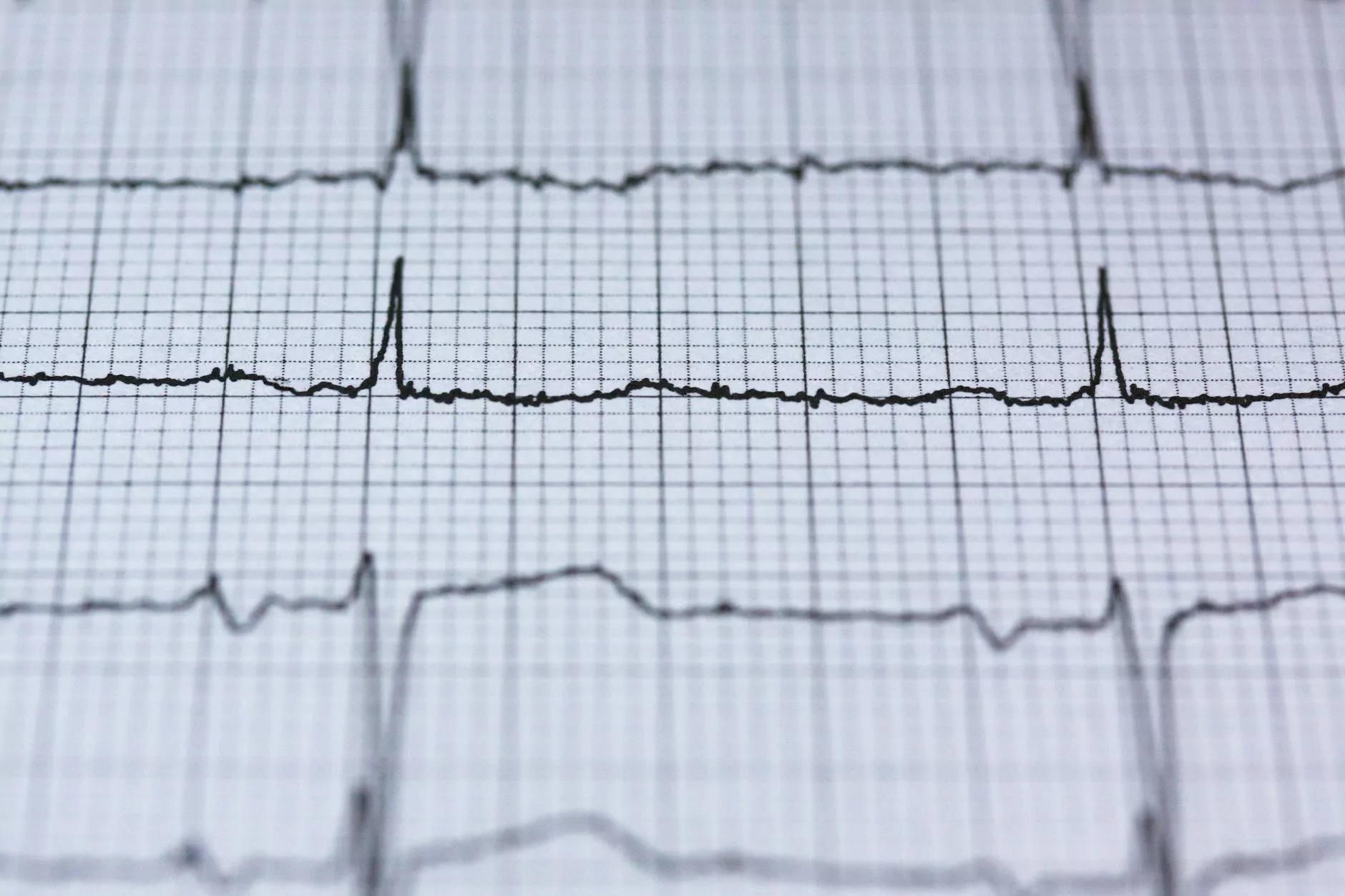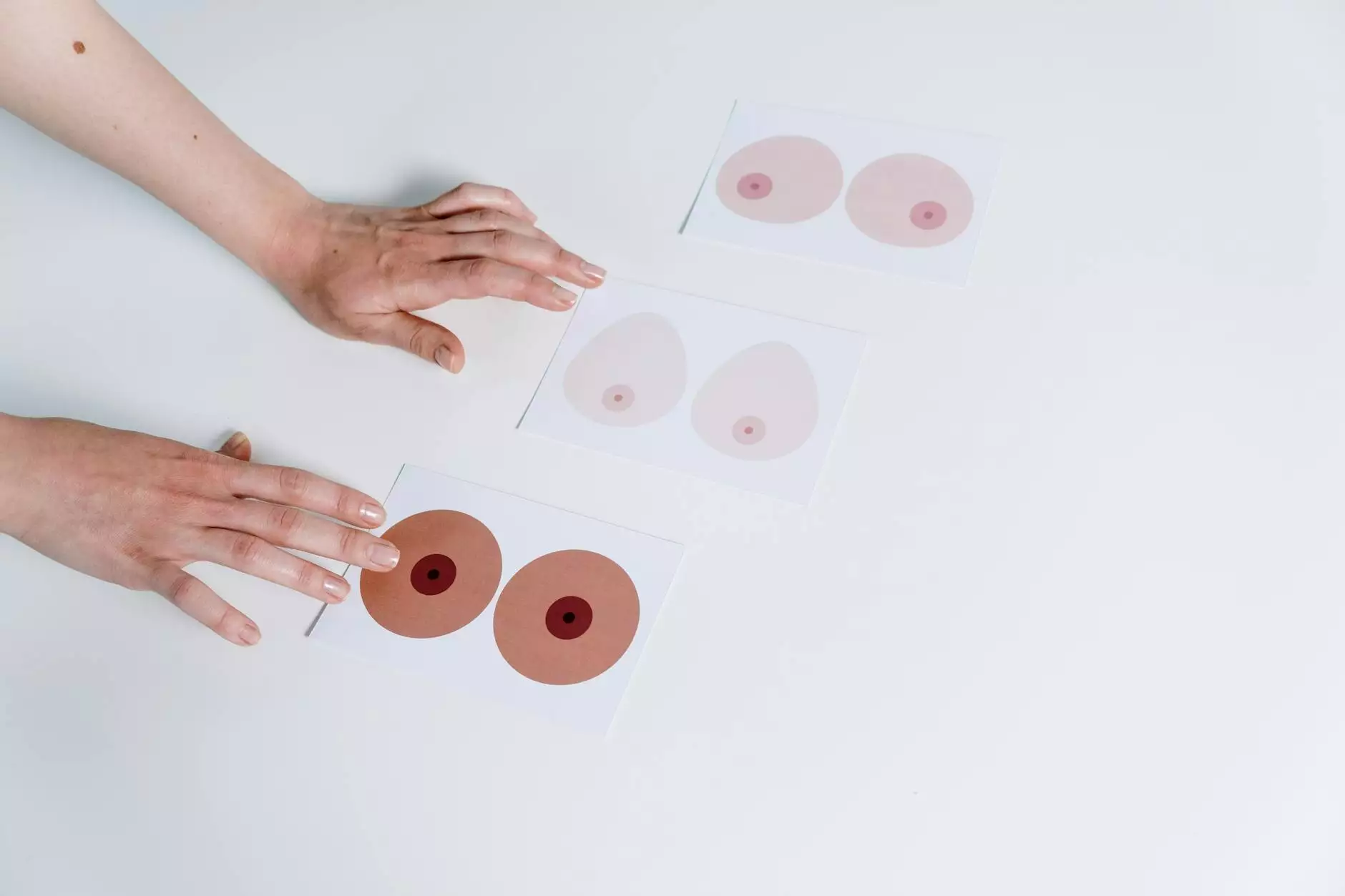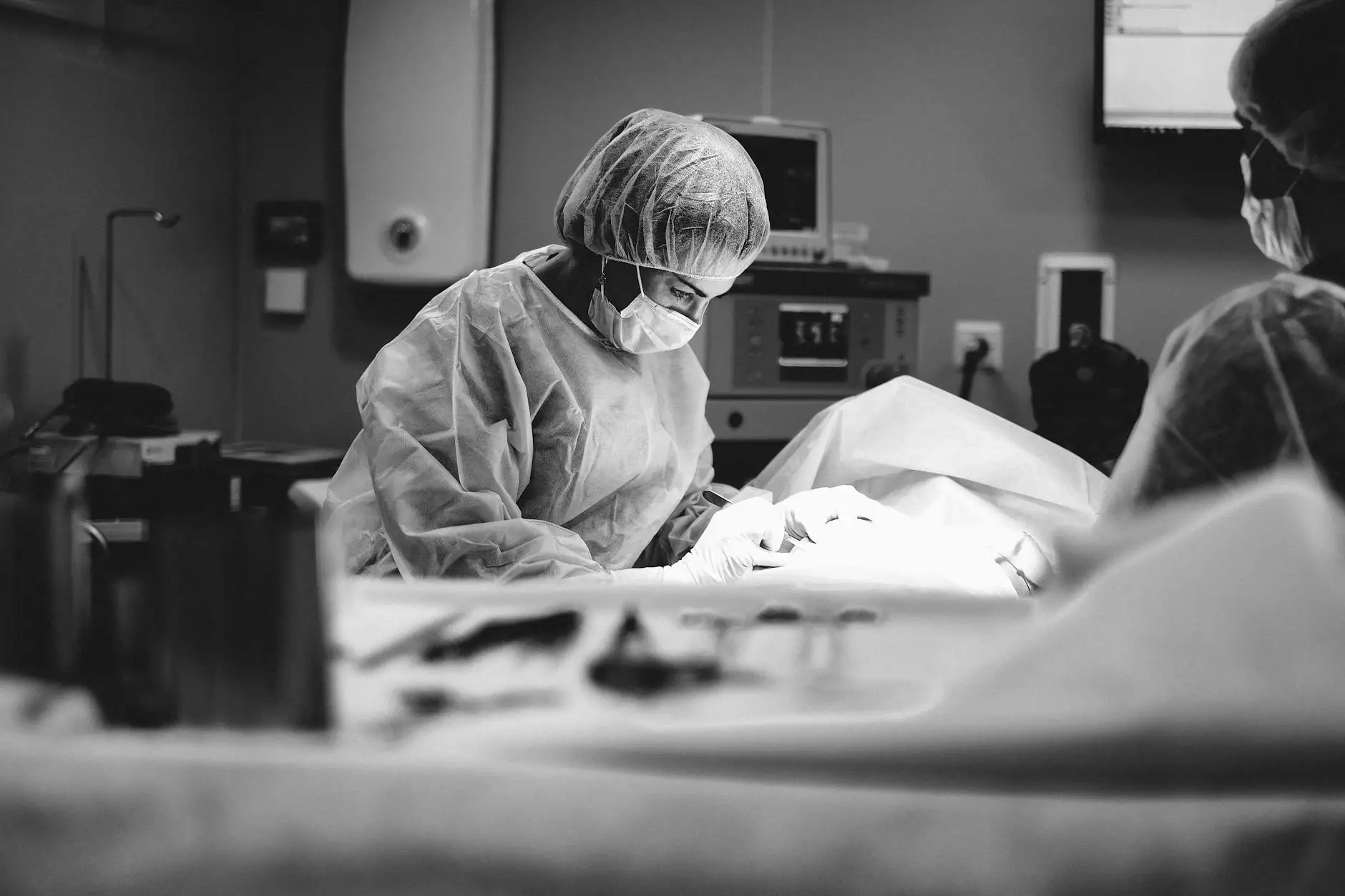The External Anatomy of the Heart: Understanding the Anterior View
Services
Welcome to Unilevel Studios, your go-to resource for comprehensive information on the external anatomy of the heart, specifically focusing on the anterior view. In this detailed guide, we will explore the intricate structures and functions of the heart from an external perspective.
Key Components of the Heart in the Anterior View
When examining the external anatomy of the heart from the anterior view, several key components come into play. Understanding these structures is crucial for grasping the overall function and form of this vital organ.
1. Pericardium
The pericardium is the protective sac that surrounds the heart. It consists of two layers: the fibrous pericardium and the serous pericardium. The pericardium helps to maintain the position of the heart within the chest and protects it from external forces.
2. Atria and Ventricles
The heart is divided into four chambers: the two upper chambers are called atria, and the two lower chambers are known as ventricles. The atria receive blood, while the ventricles pump blood out of the heart to the rest of the body.
3. Coronary Arteries
The coronary arteries supply oxygen-rich blood to the heart muscle itself. These arteries play a crucial role in maintaining the heart's function by ensuring adequate blood flow to support its constant beating.
Detailed Description of the External Heart Anatomy
Examining the external anatomy of the heart in the anterior view provides valuable insights into its structure and function. Let's delve deeper into each component mentioned above:
The Pericardium
The fibrous pericardium is the tough outer layer of the pericardium that provides protection and anchors the heart in place. On the other hand, the serous pericardium consists of two layers: the parietal layer, which lines the fibrous pericardium, and the visceral layer, which covers the heart's surface.
The Atria and Ventricles
The right atrium receives deoxygenated blood from the body through the superior and inferior vena cava, while the left atrium receives oxygenated blood from the lungs via the pulmonary veins. The right ventricle pumps blood to the lungs for oxygenation, while the left ventricle is responsible for pumping oxygenated blood to the rest of the body.
The Coronary Arteries
The coronary arteries, including the left main coronary artery and the right coronary artery, branch out to supply blood to different regions of the heart muscle. These arteries ensure that the heart receives the oxygen and nutrients it needs to function properly.
Importance of Understanding the External Anatomy of the Heart
Having a thorough understanding of the external anatomy of the heart, particularly from the anterior view, is essential for healthcare professionals, students, and individuals interested in learning more about the human body. By knowing the structures and functions of the heart, we can appreciate its complexity and significance in maintaining overall health.
Conclusion
In conclusion, exploring the external anatomy of the heart, specifically in the anterior view, offers valuable insights into the intricate structures and functions of this vital organ. At Unilevel Studios, we are dedicated to providing accurate and detailed information to help you gain a deeper understanding of the human heart. Stay tuned for more educational content on anatomy and physiology.









